Overview – The Secret Treatment of Anti-Aging
Over the past few years, exosomes had made a name in the field of rejuvenation and antiaging. Based on the available data, it seems that exosomes will be an integral part of rejuvenation therapy, especially in people interested in stem cell therapy.
Unsurprisingly, many people have never heard of exosomes. So, what exactly are exosomes? How would they help with aging? And what is the difference between exosome therapy and stem cell therapy?
In this article, we will answer all of these questions to help you understand the potential role of this innovative technique.
What are exosomes?
Inside your cells, there are several components that serve different functions. We call them organelles. When these components fuse with the membrane of the cell, exosomes form.
Close inspection of these exosomes shows that they contain protein, lipids, RNA, and other elements of the hosting cell.
Using this complex physiological concept, researchers used stem cell-derived exosomes to repair different tissues. The unique blend of components found inside of these vesicles makes exosomes very effective in boosting the body’s own regenerative ability.
Moreover, exosomes help with getting rid of cytotoxins, making them very effective in dampening chronic inflammation.
How will exosome therapy help your skin
As we age, our skin becomes prone to age-related deterioration, such as wrinkles. Primarily, these issues originate when you can’t regenerate the lost components of your skin.
The good news is that exosomes might just be the solution you’ve been looking for. This treatment will delay the aging process and promote skin regeneration.
When studied in the laboratory, exosomes showed some impressive effects in delaying the onset of skin aging. Researchers found that this therapy boosts the development of fibroblasts, which are a special type of cells that ensure your skin’s structural integrity and elasticity.
Today, the topical use of exosome therapy can be a fantastic way to slow down the dermatological effects of aging.
Perhaps the best thing about exosomes is the fact that there is no risk of rejection since they are not real tissues but rather a trigger for your own tissues to heal themselves.
What is the difference between stem cell therapy and exosomes?
Stem cell therapy revolves around using whole cells to replace lost tissue. Conversely, exosomes are vesicles that detach from the cells. The way that exosomes help with rejuvenation is by helping other cells using the components carried in the vesicles.
Another key difference between stem cells and exosomes is that the former is only obtained from specific areas of the body, such as:
- Bone marrow
- Blood
- Fat tissue
On the other hand, you can get exosomes from all types of cells.
Takeaway message
The use of exosomes in the field of rejuvenation therapy revealed very promising results in preliminary research studies. If used properly, the clinical applications of this technique could be vast, extending beyond esthetic aspects.
We hope that this article helped you appreciate the role of exosome therapy in addressing the aging process.
Learn more about exosome therapy and the possibility to receive it in Cancun, México by clicking on this link.



